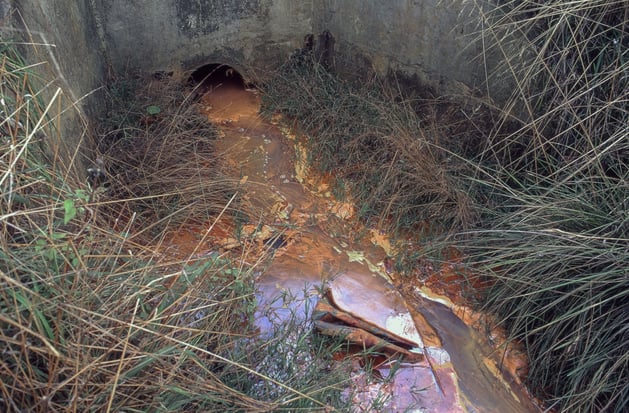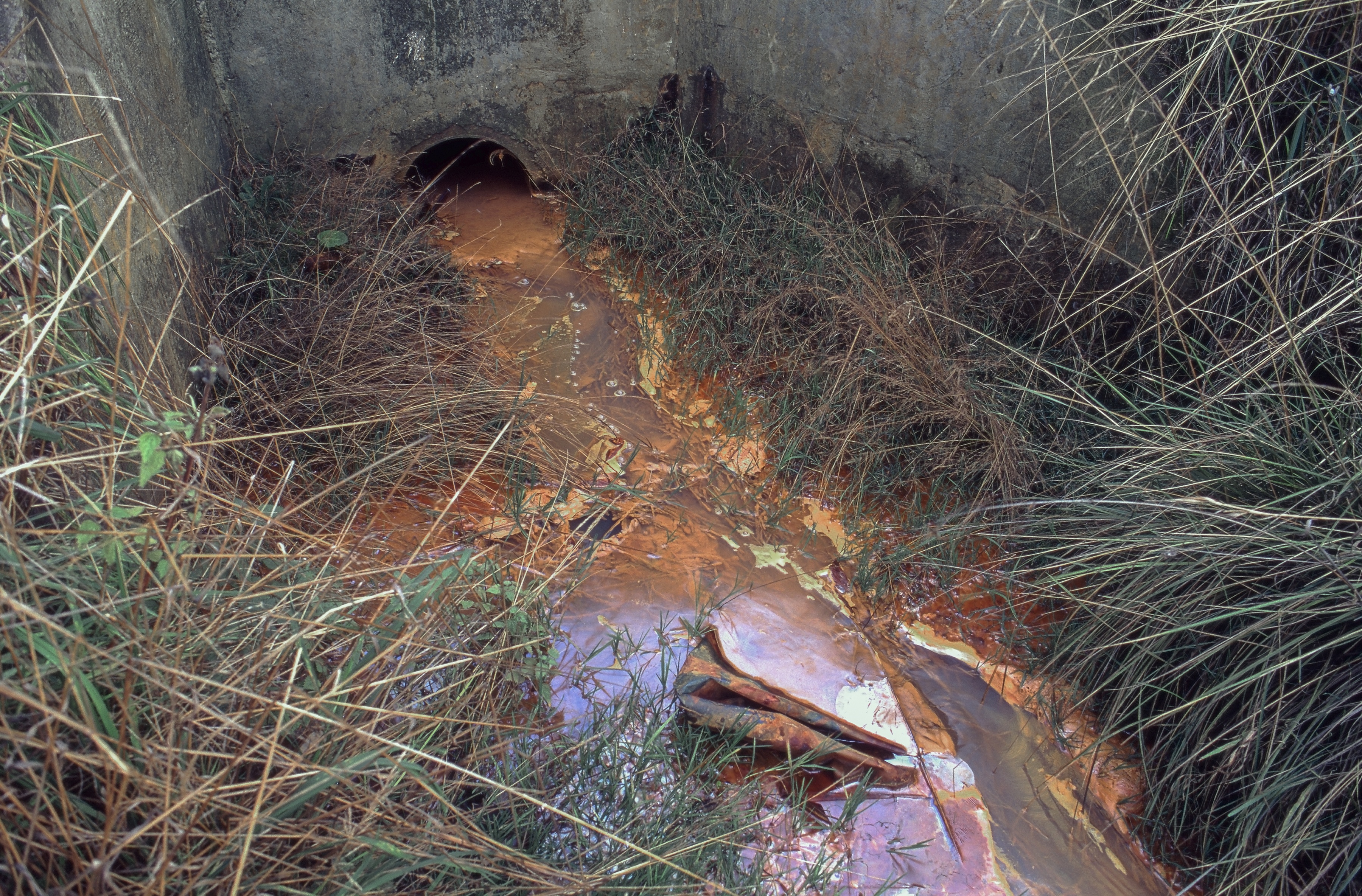Anyone involved with real estate transactions or property development knows the term “brownfield,” which Congress defined in the 2002 regulations as a site with “real or perceived” contamination affecting its potential for re-use. Fifteen years later, numerous brownfield sites of all types have turned into local success stories, and the economic benefits of brownfield redevelopment (increased housing values) have even been quantified (National Bureau of Economic Research, 2015). However, certain challenges with brownfield development are a consistent barrier for sites seeking a “No Further Remediation” determination from a regulatory agency. Read on to explore how to overcome being stuck in a regulatory agency “do-loop” (sample, delineate, re-sample, and repeat); and learn about some lesser-known tools in the closure toolbox.

By definition, brownfield contamination problems are limited, typically containing just a few chemicals at concentrations slightly or moderately above federal or state cleanup criteria. While significant contamination such as the presence of petroleum free product or contaminated soil at the ground surface may require active remediation, residual contamination can commonly be addressed using “risk-based” tools to provide the “lines of evidence” that regulators require in order to close sites. Such tools include:
- Develop a Conceptual Site Model that adequately describes site geology, hydrogeology, sources of contamination, exposure routes, and potential human and ecological receptors;
- Demonstrate that groundwater conditions are improving over time through plume stability modeling;
- Research background concentrations in the area and collect samples if needed;
- Research the characteristics of detected chemicals (e.g. toxicity, solubility, biodegradation potential) to show how they will be attenuated over time through redevelopment;
- Conduct a statistical analysis (e.g. by averaging or calculating confidence limits) when some samples exceed closure criteria;
- Calculate the residual mass of contaminants to demonstrate the limited scope of the problem;
- Calculate site-specific closure criteria using site sample data; and
- Review how regulatory agency closure criteria were calculated to verify that the exposure assumptions apply to your site and adjust as appropriate.
The cost of using these desk-top closure tools may not be significant, especially if the site has a long history of investigations and initial data collection efforts are well thought out in advance. Before you begin your next brownfield development project, gather up your risk-based tools to streamline the environmental closure process.




